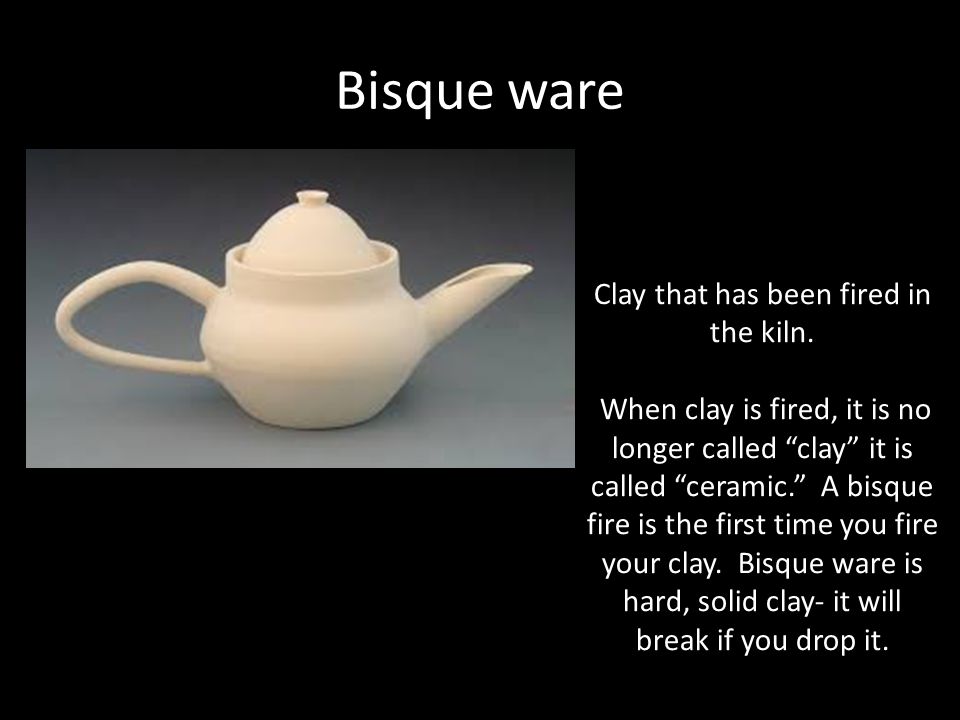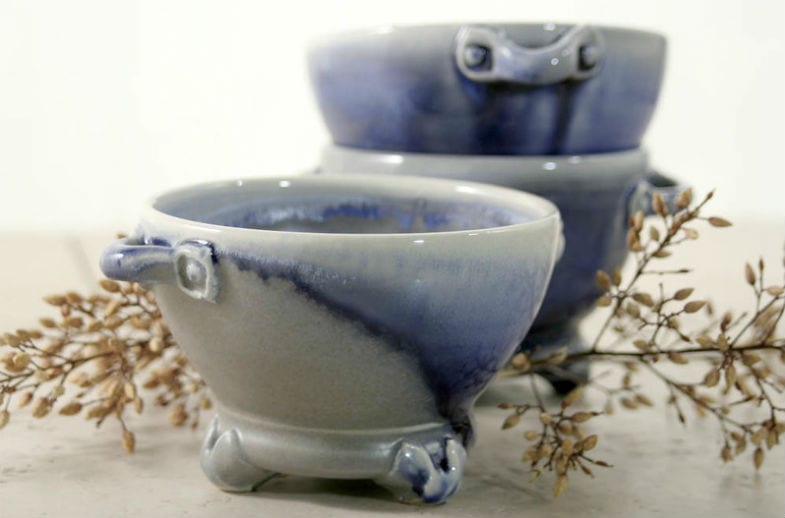Biscuit also known as bisque refers to any pottery that has been fired in a kiln without a ceramic glaze this can be a final product such as biscuit porcelain or unglazed earthenware often called terracotta or most commonly an intermediary stage in a glazed final product.
Define bisqueware in ceramics.
A rich creamy soup made from meat fish or shellfish.
Bisqueware ceramics definition unfinished clay fish after firing be a brown ceramic fish.
This means underglazes are super versatile and can potentially save you time if you are running a tight firing schedule.
What is bisqueware ceramics.
Bisqueware is unfinished pottery that needs to be fired again before its in its final state.
At his stage it acts like a.
Many commercial underglazes are made to work on greenware and bisqueware.
Bisque definition a thick cream soup especially of puréed shellfish or vegetables.
When the underglaze soap bubbles have gone the bubble effect on the bisqueware will be revealed.
This will burst the bubbles in the bucket that are sitting against the bisque ware.
Bisque refers to ware that has been fired once and has no chemically bonded water left in the clay bisque is a true ceramic material although the clay body has not yet reached maturity this stage is also sometimes called biscuit or bisc.
This means that in order to complete an easy ceramic project you simply select the form that you like and then coat it with glaze or underglaze by painting.
Bisqueware is the term for pots that have been bisqued fired for the first time the pots may also be called biscuit ware.
What is bisqueware ceramics.
Using underglaze on bisque fired clay has 5 advantages.
Bisqueware ceramics definition unfinished clay fish after firing be a brown ceramic fish.
Bisqueware definition is biscuit ware.
How to use bisqueware in a sentence.
Bisqueware that has been fired in a kiln to a low temperature usually cone 04 or lower and is porous.
Confusingly biscuit may also be used as a term for pottery at a stage in its manufacture where it has not yet.
Place that on the surface to be decorated with the underglaze side against the clay leather hard or glazed bisque.
Once the pottery is covered with bubbles gently blow on the bubble mixture on the pottery.










